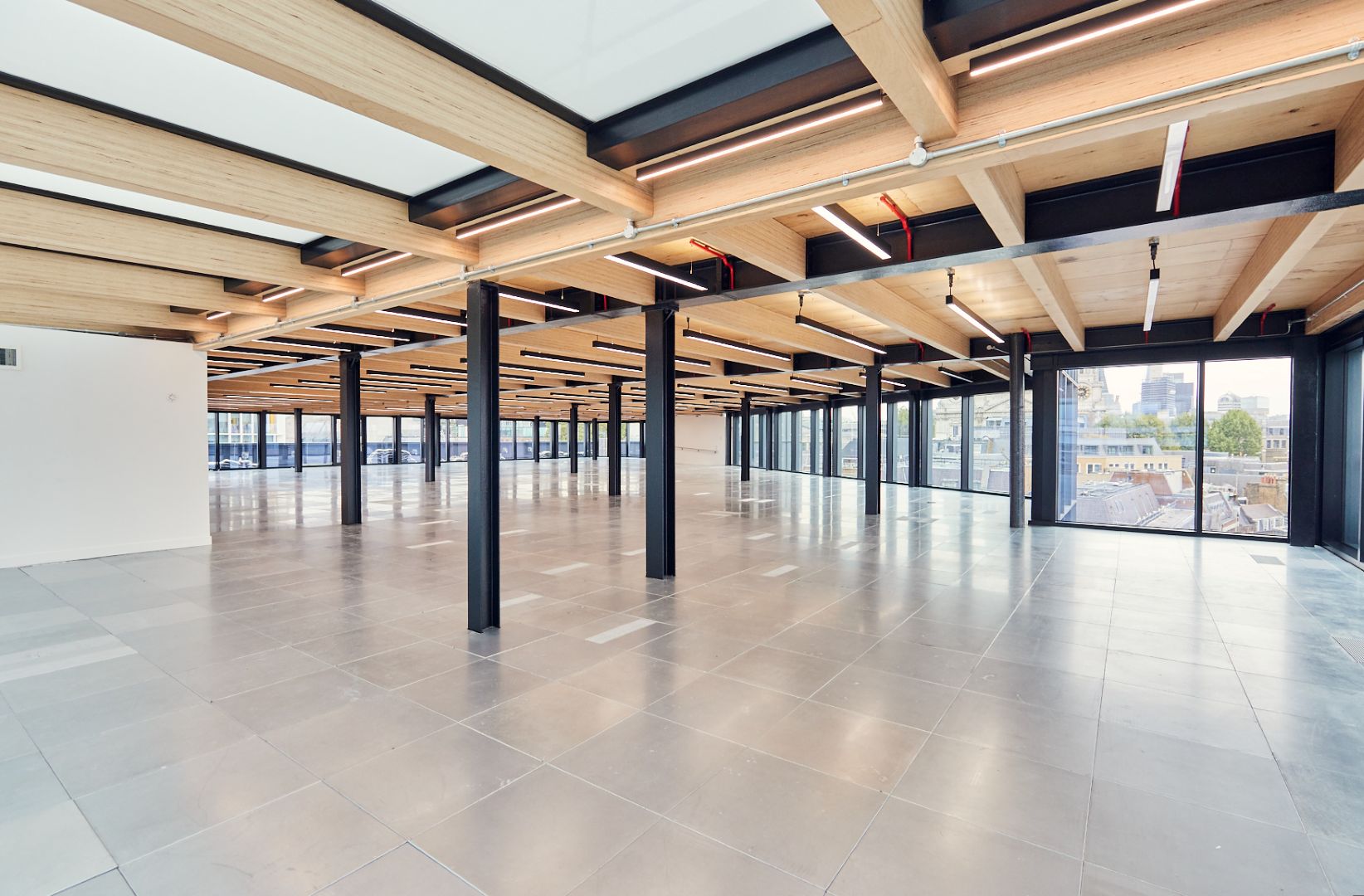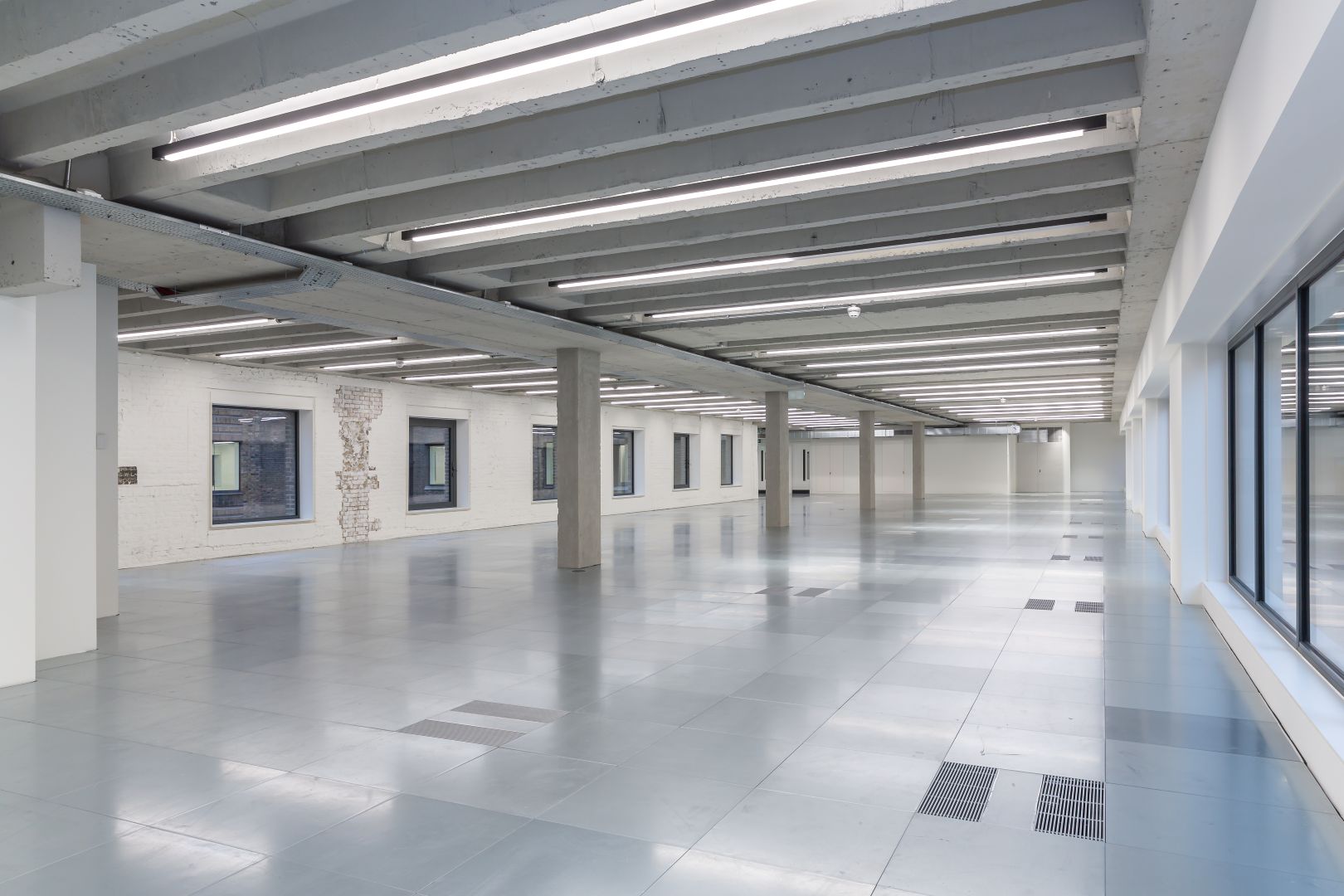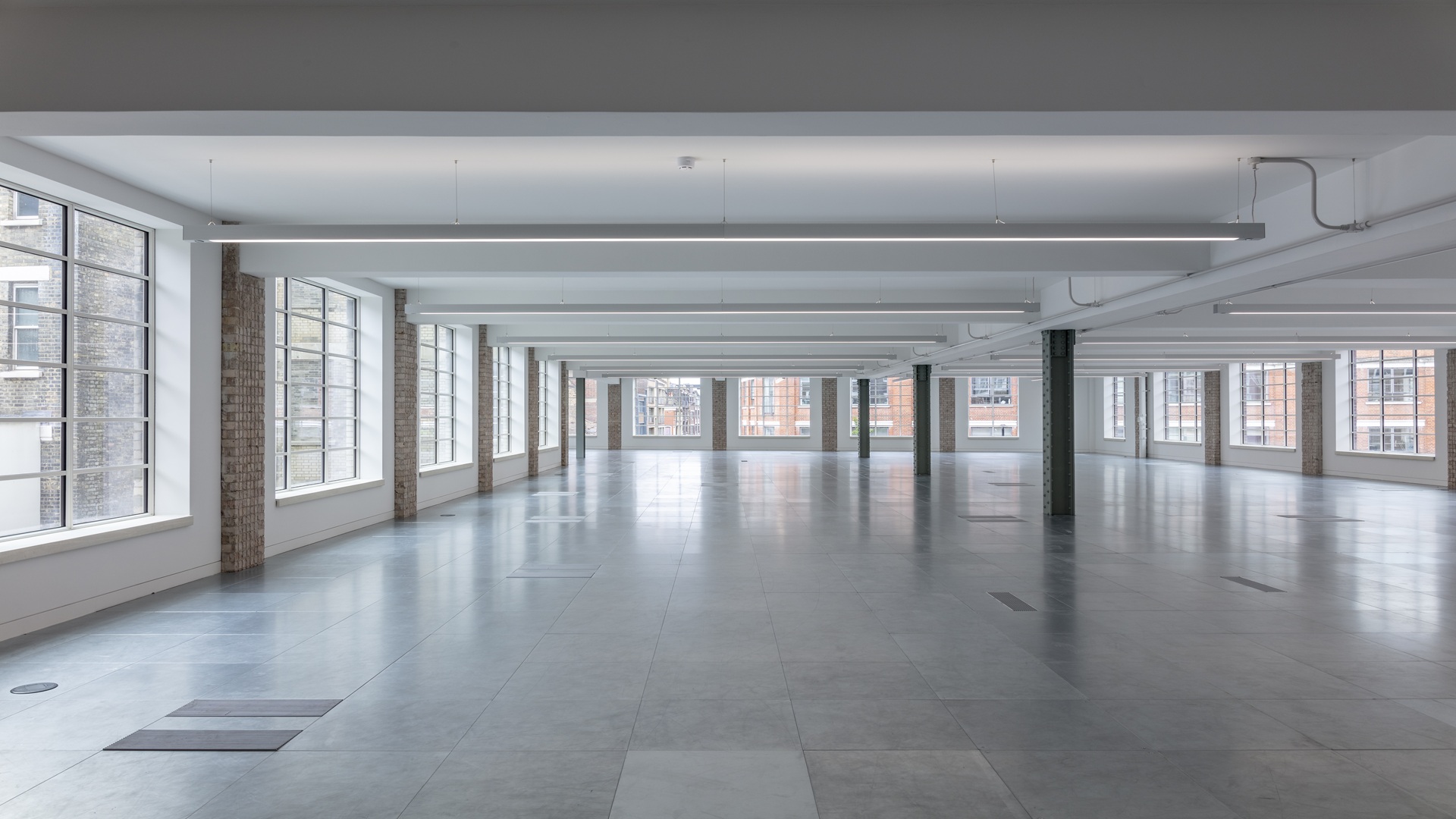Powering BREEAM sustainability with AET
Since its inception in 1990 by the Building Research Establishment (BRE), the Building Research Establishment Environmental Assessment Method (BREEAM) has set the benchmark for assessing building sustainability. Over the past three decades, it has evolved into a globally recognised standard, with over 610,000 certified buildings across 102 countries and more than 2.33 million buildings registered for certification.





